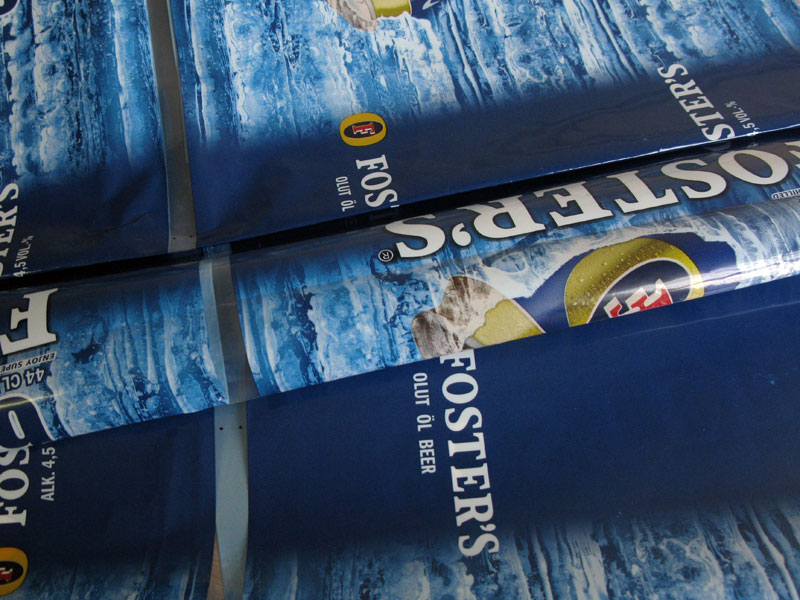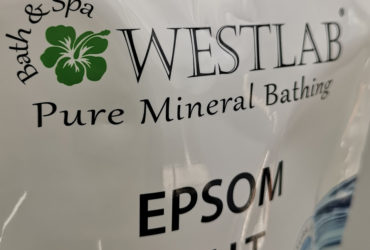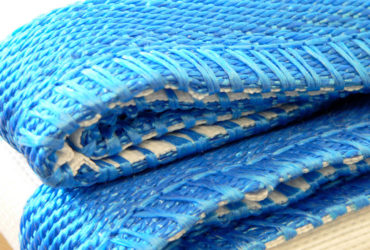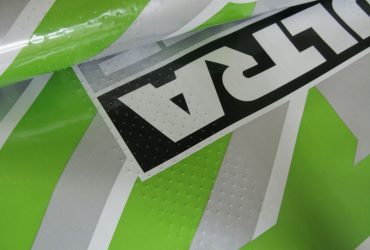There are a variety of different plastic packaging films on the packaging market. The aim of this basic guide is to give a little help to newcomers to the industry in helping to choose the right sort of plastic packaging film.
PE Polyethylene (a.k.a. Polythene)
Polyethylene is a tough film for most industrial and heavy duty purposes i.e. shrink hoods, stretch hoods and all kinds of protective sheeting. Most laminates have an inner seal layer so they can be formed into bags, Polyethylene pouches etc.
Good points
• Tough, elastic, high moisture barrier, excellent sealability, cheap.
Bad points
• Low clarity, poor printability, poor oxygen barrier.
• Low temperature tolerance, unsuitable for microwave or oven.
PP Polypropylene
Polypropylene is commonly used as a general cheap wrap film for non-foods, eg cigarettes, CDs and other box-wraps. It is the cheapest film with good printability for mass market foods/confectionery/snacks. If necessary it can be combined with coatings or metallisation for sealability and shelf-life. It’s a cheap alternative to PET, where an oxygen barrier not important.
NB (OPP = Oriented Polypropylene = stretched in the machine direction during manufacture)
(BOPP = Bi-Oriented Polypropylene = stretched in both machine and cross directions)
Good points
• Rigid and high clarity (good printability), high moisture barrier, very cheap.
• Medium temperature tolerance, microwaveable, but not suitable for oven.
Bad points
• Poor oxygen barrier, weaker/more brittle than PE, especially in cold conditions.
PET Polyester
Polyester is commonly used as follows: 12µ PET is the universal ‘standard’ outer printed layer for most laminate structures; 19µ PET is the universal ‘standard’ for all types of lidding film; PET/PE is by far the most common laminate for all manner of pouches and bags.
Good points
• Rigid and very high clarity (excellent printability), better oxygen barrier than PE or PP.
• High temperature tolerance, microwaveable and ovenable.
• Rigidity and consistency make it highly suitable for all kinds of coatings and laminations.
Bad points
• Poor oxygen barrier, weaker/more brittle than PE (but generally tougher than PP).
• Much more expensive compared to PE or PP.
PA Polyamide
Polyamide is commonly used as a laminate outer layer, alternative to PET with improved puncture resistance and oxygen barrier. Also this can be used as a substitute for PET where a more flexible (squeezable or ‘soft’) material is required.
NB (OPA = Oriented Polyamide = stretched in the machine direction during manufacture)
Good points
• High clarity (good printability), better oxygen barrier than PET, PE or PP.
• Medium temperature tolerance, microwaveable but not ovenable.
• Rigidity and consistency make it highly suitable for all kinds of coatings and laminations.
Bad points
• Poor oxygen barrier, weaker/more brittle than PE (but generally tougher than PP).
• Much more expensive compared to PE or PP.
PLA Film Polylactic Acid
PLA film is a bio-degradable film made from renewable sources such as corn starch or sugar cane. is beginning to be used in some basic wrapping applications like fresh produce, where allowances are made for performance/value short-comings.
Good points
• Bio-degradable.
• Environmental pressure to make improvements and develop further.
Bad points
• Poor overall strength, printability, consistency, temperature tolerance.
• Especially poor oxygen and moisture barriers, worse than all other films.
• Especially poor clarity.
• Much more expensive compared to all other films.
Chalk-Based Film
Chalk-based Film is a PE or PP film where 50% or more of the polymer resin is substituted with chalk. It is commonly used to replace aluminium foil in butter wrap or replaces foil or paper in any laminates where deadfold and/or an improved barrier required.
Good points
• Much reduced carbon footprint.
• Paper feel, good moisture barrier, very good deadfold.
• Reasonable overall strength if the chalk content is not too high.
Bad points
• Must always be be white or coloured, clear film is not possible.
• The higher density combined with higher price = very poor yield and value compared to PE.
Coatings and Co-Polymers for improved oxygen barrier (shelf life).
EVOH Ethylene Vinyl Alcohol
This has a high oxygen barrier and is almost always sandwiched between PE layers to give a PE-EVOH-PE structure. It’s expensive but only a very thin layer is needed. It’s a very common replacement for the old-fashioned (and now frowned upon) PVdC coatings.
Metallisation
Most films can theoretically be metallised, but almost always OPP or PET are used. They have a high oxygen barrier (metPET better than metOPP), where transparency is not needed, or opacity preferred.
AlOx and SiOX Aluminium Oxide and Silicon Oxide
Either of these can be applied as a clear coating, normally to PET. They are quite expensive, but these preserve the transparency of clear films in laminate structures.
DID YOU KNOW …?
• Polyolefin films (PE, PP, PET, OPA) are all derived from crude oil, and 1 Kg of any of these contains more kJ of energy than 1 Kg of coal.
• Of all the plastic films, only 2 (PE and PP) are heat-sealable without using adhesives or coatings. That’s why all laminates for packaging have some form of PE or PP as the inner layer (usually PE because it seals more easily, at a lower temperature and with a wider range of temperatures).
• There are only 2 ways to make all plastic films, casting and blowing. In both processes the raw material in granular form is extruded, ie heated to melting point and forced through a screw (die). The molten plastic can then either drop like a waterfall onto a long cooling roller (casting), or it can be injected with air to create a large vertical, cylindrical tube (blown).
For more information on plastic packaging films just contact sales@rosenflex.com or call 01206 266856.





